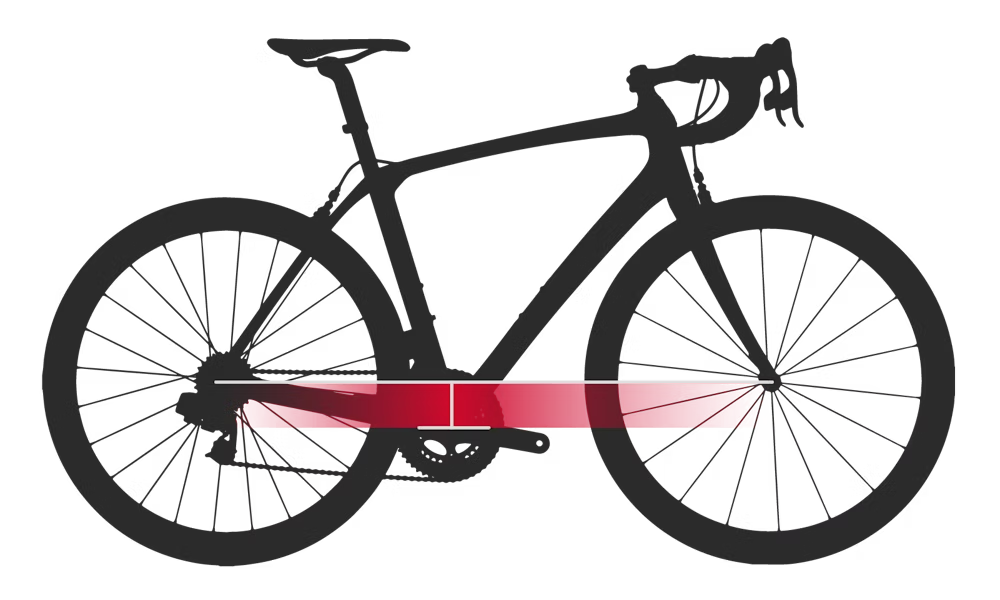In the realm of cycling, the wheel circle radius plays a pivotal role in determining the dynamics and efficiency of a bicycle. This fundamental measurement refers to the distance from the center of the wheel’s hub to the outer edge of the tire. It influences various aspects of the bike’s performance, including speed, agility, and comfort.
Impact on Speed and Efficiency
The size of the wheel radius directly affects how a bicycle accelerates and maintains speed. Larger wheel radii, such as those found on road bikes typically around 700c (approximately 622 mm), allow for greater linear distance covered per revolution. This results in higher speeds with less effort expended by the cyclist. Conversely, smaller wheel radii, like those seen on mountain bikes ranging from 26 inches to 29 inches, prioritize agility and maneuverability over raw speed. These smaller wheels accelerate more quickly from a standstill and excel in tight, technical terrain where quick changes in direction are essential.
Comfort and Terrain Adaptability
Another critical consideration is how wheel radius impacts the bike’s ability to handle different types of terrain. Larger wheels roll over obstacles more smoothly, making them ideal for road cycling where maintaining momentum over varying surfaces is crucial. They also tend to provide a more stable and comfortable ride, absorbing bumps and vibrations effectively. In contrast, smaller wheels, while sacrificing some comfort on rough terrain, offer nimble handling that enhances control and responsiveness in challenging off-road conditions.
Choosing the Right Wheel Size
Selecting the appropriate wheel size depends largely on the type of cycling you intend to pursue:
Road Cycling: for larger wheel radii (700c) for maximum efficiency and speed on paved surfaces. These wheels are designed to minimize rolling resistance and maintain high speeds over long distances.
Mountain Biking: Consider smaller wheel sizes (26 inches to 29 inches) based on your specific riding style and terrain preferences. Each size offers distinct advantages; 29-inch wheels, for example, excel in rolling over obstacles, while 27.5-inch (650b) wheels strike a balance between agility and stability.
Hybrid and Urban Cycling: These bicycles often feature wheel sizes that blend characteristics from both road and mountain bikes. Wheel sizes like 700c or 650b are popular choices, providing versatility for commuting and recreational riding on mixed surfaces.
Conclusion
The wheel circle radius is a fundamental aspect of bicycle design that directly influences performance, comfort, and handling characteristics. Whether you prioritize speed, agility, or comfort, selecting the right wheel size is crucial for maximizing your cycling experience. By understanding how different wheel radii impact acceleration, stability, and terrain adaptability, cyclists can make informed decisions when choosing a bike that aligns with their specific riding needs and preferences.
In essence, the wheel circle radius is more than just a technical specification—it’s a key determinant of how a bicycle performs under various conditions. By evaluating your riding style, terrain preferences, and comfort requirements, you can confidently select a bike with the optimal wheel size to enhance your cycling adventures.
